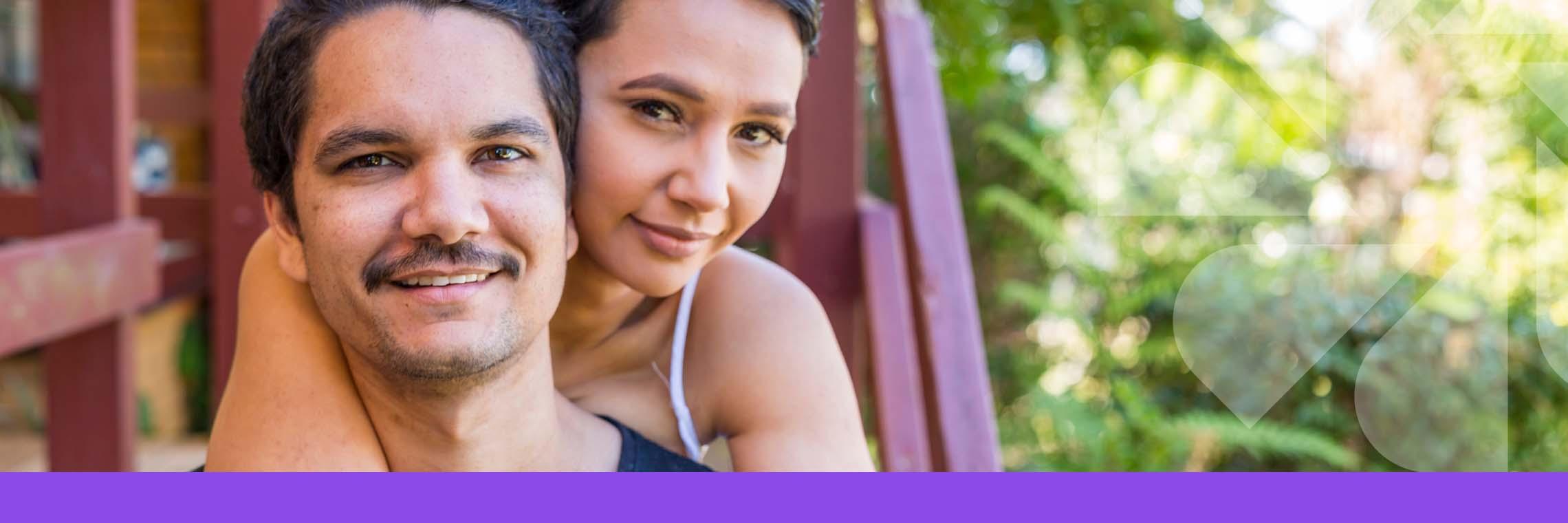Young Onset Parkinson’s
A common misconception about Parkinson’s is that it only affects older people, however Parkinson’s can affect adults of any age.
This section covers:
Support for young people with Parkinson’s
Young Onset Parkinson’s
Although the average age of onset is 65, it’s estimated that 1 in 5 people living with Parkinson’s are of working age1. This is known as Young Onset Parkinson’s. The diagnosis of Young Onset Parkinson’s is the same as for idiopathic (or typical) Parkinson’s; it’s the age of the person diagnosed that differentiates them. Growing evidence may change this in the future.
The challenges faced by people living with Young Onset Parkinson’s may be different to those diagnosed of retirement age and older, as many younger people are still living full and active lives - working, studying, travelling, and caring for their family. Most younger people with a diagnosis of Parkinson’s remain active in their jobs, their social lives, and in their community. Take some time to read through our information about Living with Parkinson’s, including information on Working and Relationships and Family Life.
Living with Parkinson’s as it progresses is a fight regardless of age and priorities may shift from one day to the next. Being diagnosed with a chronic condition at a young age presents some unique challenges and support from family, friends, and employers is important. The fight is entwined in a belief that progress is possible - to build families and friendships, and to live full and active lives.
Symptoms
Across the spectrum of the condition, the symptoms and rate of progression of Parkinson’s varies greatly from person to person. Evidence does suggest however that some symptoms are more common in people living with Young Onset Parkinson’s, such as:
- A slower disease progression
- An increased rate of dyskinesia (uncontrollable, often jerky movements of the arms, legs, head or whole body that are unintentional) in response to Parkinson’s treatment with levodopa
- An increased rate of dystonia (sustained abnormal postures, such as turning in or arching of the foot and toes) at onset and during treatment
Juvenile Parkinson’s
In very rare instances, Parkinson’s-like symptoms can appear in children and teenagers. This form of Parkinson’s is considered to be a separate condition known as ‘Juvenile Parkinson’s’. If you believe you or a member of your family has Juvenile Parkinson’s, you should consult a neurologist with expertise in treating children or call the Fight Parkinson’s Information Line for advice on 1800 644 189.
Support for young people with Parkinson’s
We are stronger when fighting together, empowering people living with Parkinson’s, to live full active lives. Fight Parkinson’s recognises young people’s need for their own community and offers Young@Park peer support groups. Call the Fight Parkinson’s Information Line on 1800 644 189 for details of local peer support groups, or to confidentially discuss the challenges you are facing. You can also speak to our health team for information on other Parkinson’s support services in your area. You can email the team at info@fightparkinsons.org.au and keep an eye out for information and education in our seminars and events calendar.
1. “Living with Parkinson's Disease - An updated economic analysis 2014”, Deloitte Access Economics for Parkinson's Australia Inc. August 2015
